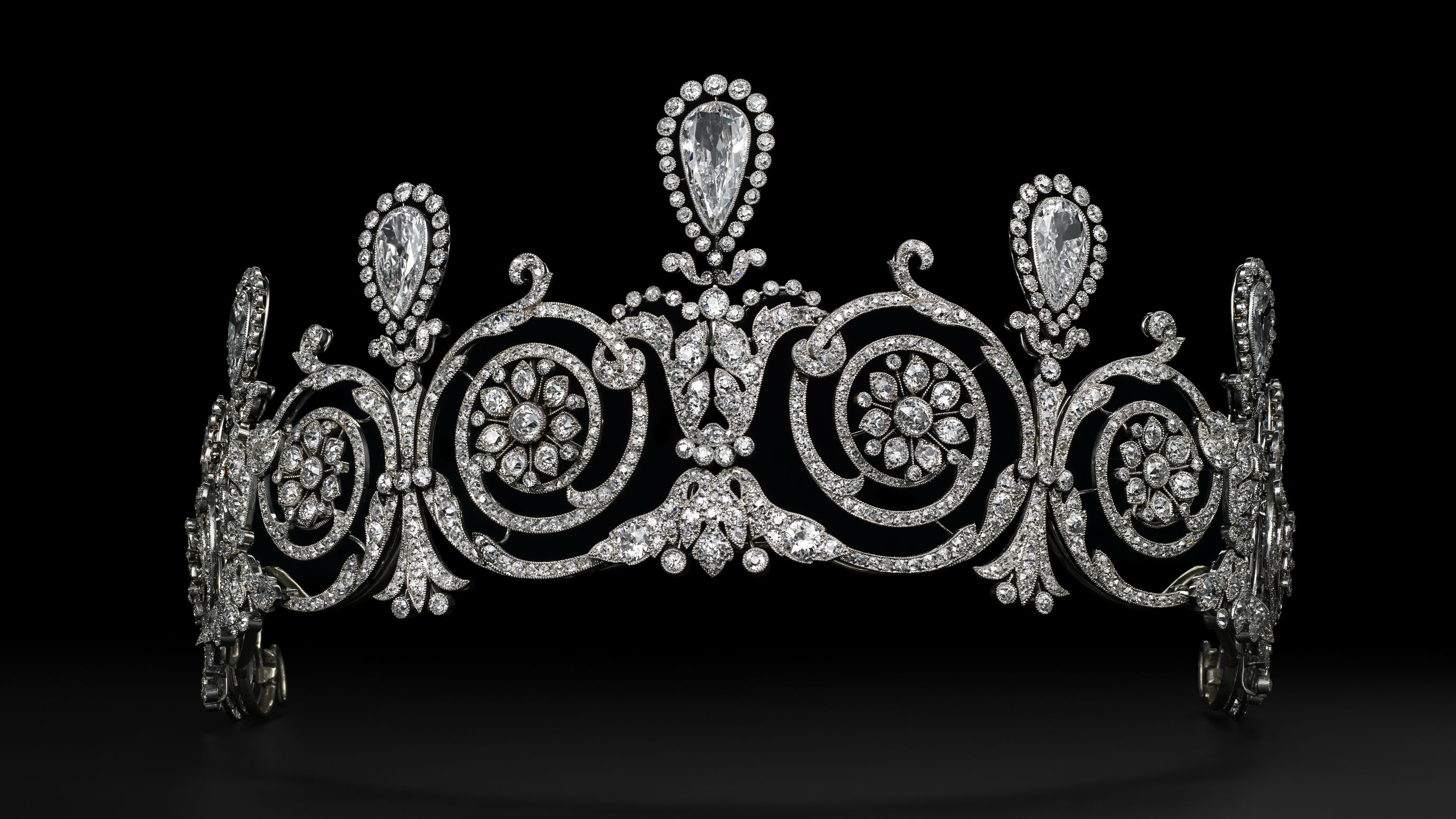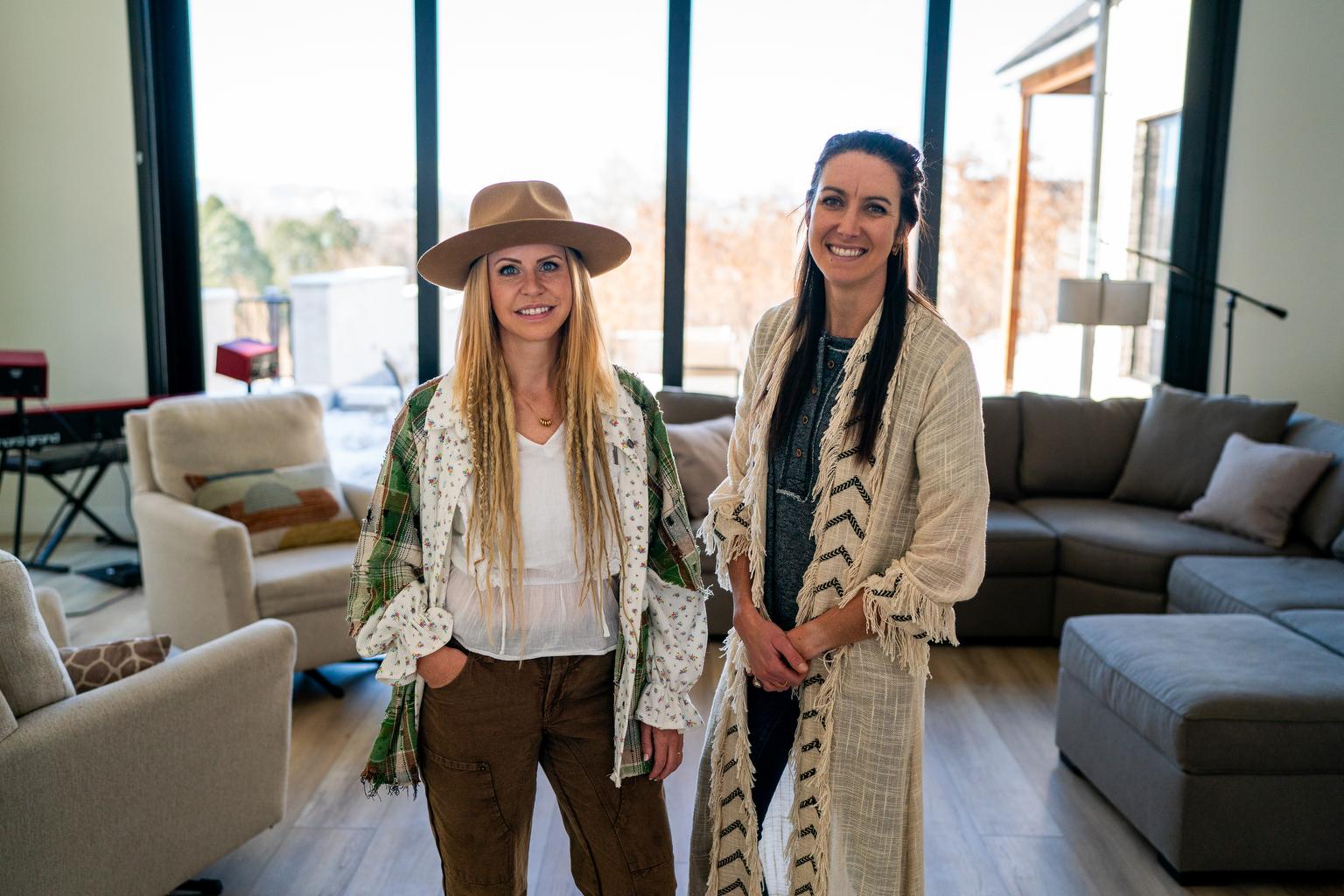
Cartier jewelry is lush. It's pearl-studded chokers with glittering gems, diamond tiaras and necklaces dripping with sapphires, emeralds and rubies.
Starting Sunday, much of the jeweler’s legendary pieces go on display at the Denver Art Museum.
The Cartier family started making jewelry in Paris in the mid 1800s. But the exhibition, “Brilliant: Cartier in the 20th Century," will highlights designs from 1900 to 1975.
The museum's curator of pre-Columbian art, Margaret Young-Sánchez, has been conceptualizing and curating the exhibit over the past five years. Walking through the collection, she says, is more than a chance to just “ooh and ahh” over some of the world’s most famous bling. It’s also a look at the century through the lens of Cartier -- illustrating how intertwined the jeweler was with the most influential people of the times.
“I’ve tried to organize it in a way that helps people to understand the context in which the jewels were made and then worn,” Young-Sánchez says.
The curator says Cartier was intertwined with many of the most important people of the 20th century and was at the forefront of design innovation.
“They helped to really push the trends and create the visual culture of the era,” Young-Sánchez. “And I think that’s why -- in the end -- they attracted so many influential customers.”
Clientele included King Edward VII of England, Princess Grace of Monaco and President Franklin D. Roosevelt.
The museum recruited Parisian designer Natalie Criniere to create an “immersive experience.”
Broken into seven sections arranged chronologically, the exhibition begins with Cartier’s early 20th century material that harkens back to court jewelry, then transitions into the Art Deco movement, showing the jeweler’s evolution in the mid-1900s, concluding with “Icons of Style.” The finale is devoted to the Cartier accessories owned and worn by five of Cartier’s most famous female clients: Elizabeth Taylor, Mexican film star Maria Felix, the Duchess of Windsor, Singer sewing machine heiress Daisy Fellowes and Princess Grace.
Young-Sánchez says Criniere used lighting, color schemes and historical decor to give each era a distinctive identity meant to transport people back in time.
While the exhibition’s curator hopes people will walk away with a richer understanding and appreciation of Cartier’s history, Young-Sánchez says the riches themselves still take center stage in the exhibition.
She points to one example -- the grandiose and colorful “Tutti Frutti” necklace owned by Fellowes, which spread across much of the heiress’ collarbone.
“It’s covered with hundreds of carved sapphires, emeralds and rubies,” Young-Sánchez. “It’s very large and very colorful. You had to have tremendous and daring style to wear a necklace like that.”









